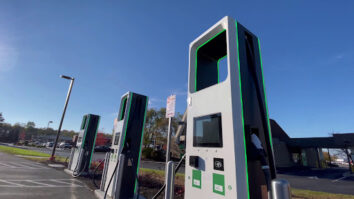The CARES Act was passed in late March, largely to provide stimulus and emergency assistance to individuals and businesses adversely impacted by the coronavirus pandemic.
However, a less publicized piece of this legislation fixed an error created by the 2017 TCJA. Since that former law was passed at the end of 2017, tax practitioners and their clients have been hoping for some new law to come along to right the wrong!
The issue relates to qualified improvement property (QIP) and the ability of businesses to deduct 100% bonus depreciation on such property. In general, QIP means any improvement to an interior portion of nonresidential real property. TCJA combined a number of property classifications, for depreciation purposes. These previous classifications were: qualified leasehold property, qualified restaurant property, and qualified retail improvement property. They were all combined into a single classification, qualified improvement property (QIP). Previously, property in each of these categories held a 15-year life for depreciation purposes. This was very important as the ability of a business to take 100% bonus depreciation on an asset is, in part, predicated on its having a life for depreciation purposes of 20 years or less. Somehow, as the sausage was being made for the TCJA legislation, the creation of the new QIP category ALSO changed the tax life from 15 to 39 years. Even though there was ample evidence that this was not the legislation’s intent, the tax community and its business clients have been stuck with not being able to take 100% bonus depreciation on QIP since December 31, 2017!
Now that the glitch has been fixed, a review of 2018 and 2019 tax returns is in order. If QIP property was placed into service for a business in either year, then there is an opportunity to go back and take 100% bonus depreciation on that property (rather than the 39-year depreciation amount). This may be accomplished by filing an amended return for either year to claim the additional deduction. IF two tax returns (2018 AND 2019) have been filed with QIP using the 39-year life, then the correction required is to file a Form 3115, Application for a Change in Accounting Method. The latter correction would be made for 2019 or 2020.
If you notice a small smile on the face of your tax practitioner these days (I said small), then it may very well be that at least one thing in their world has been made right. It’s the little things in life!
by Thomas Flood, CPA, MST, CFP, PFS





